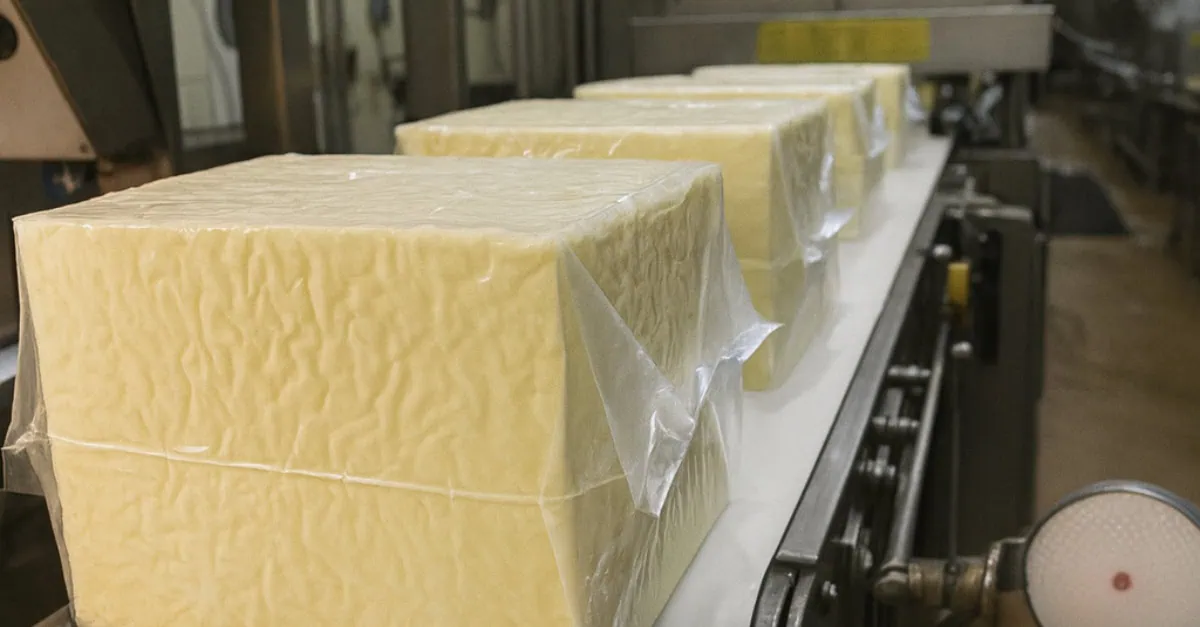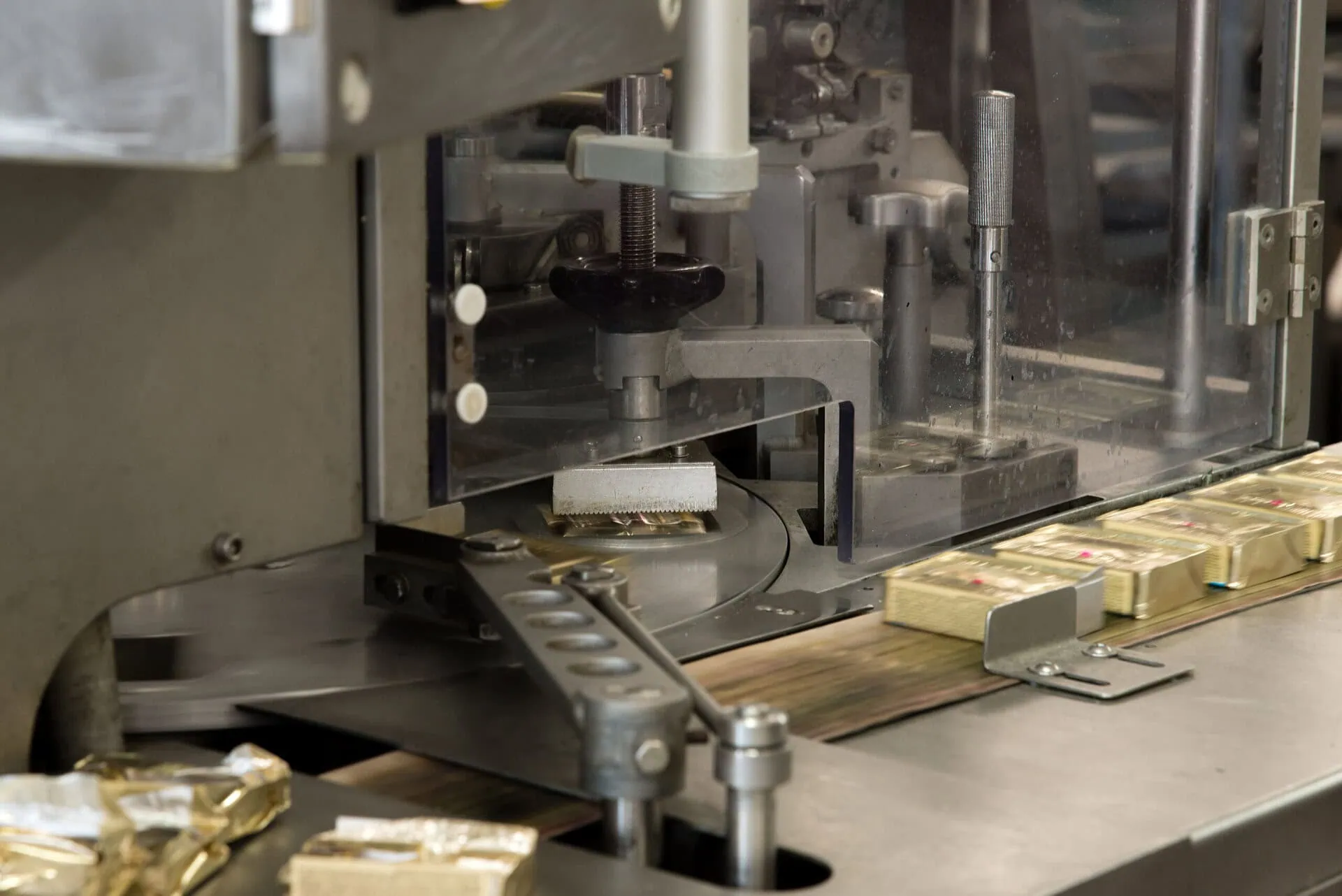Cheese markets remain relatively resilient despite ongoing pressure from other dairy commodities. However, the combination of lower butter prices and a seasonal increase in milk production is beginning to test that resilience.
European Cheese Market Trends
This week, European cheese markets are showing signs of increased activity, but also some early indications of weakness. Cheese availability is improving due to slightly higher stock levels and increased production, supported by lower butter prices and rising milk intake in Q1. While these shifts are still minor, retail and food-service demand continue to provide support.
One of the key drivers of this changing sentiment is mozzarella. Some producers have ramped up mozzarella production at the expense of butter and dairy powders, responding to more favorable price dynamics. However, this additional supply is entering a market experiencing seasonally lower consumption, which could contribute to further price adjustments in the coming months.
Key Market Insights:
- Mozzarella leads the shift: The softer sentiment in European cheese markets originates primarily from mozzarella, where declining butter prices have encouraged increased production.
- Supply-demand imbalance: Producers who made more mozzarella now face the challenge of selling excess volumes in a period of seasonally lower demand.
- U.S. cheese markets remain stable: In contrast, U.S. cheese markets are holding steady. Stock levels remain relatively low, and total cheddar production declined by 5.82% in 2024, as manufacturers favored other cheese varieties.
Looking Ahead
The big question remains: will cheese market weakness deepen as milk intake continues to rise? Seasonality suggests a likely increase in availability, but overall lower milk production and strong cheese consumption across multiple channels may provide some counterbalance.
Stay updated with Vesper for the latest insights into global dairy markets. Sign up for a free trial here.





